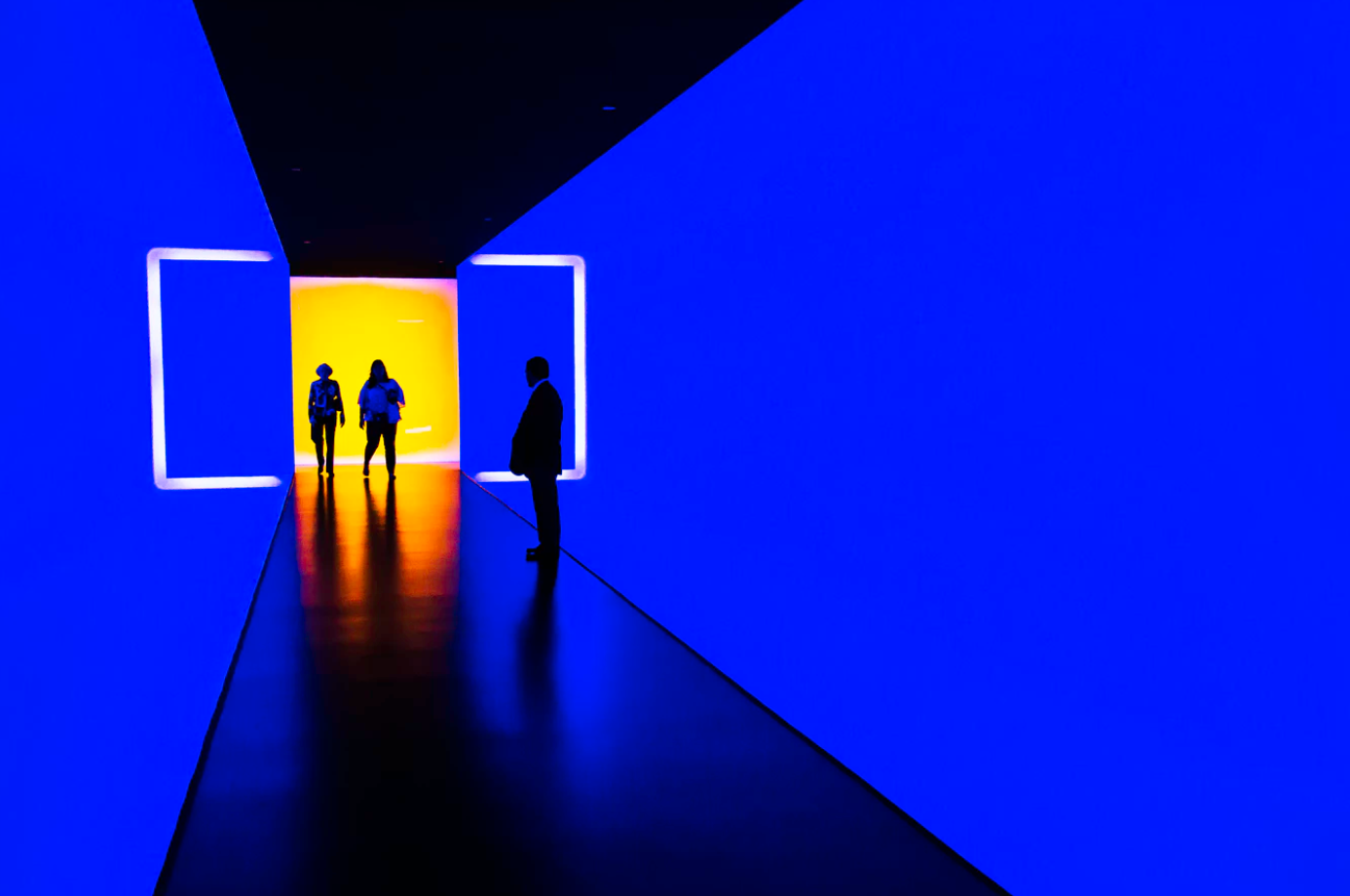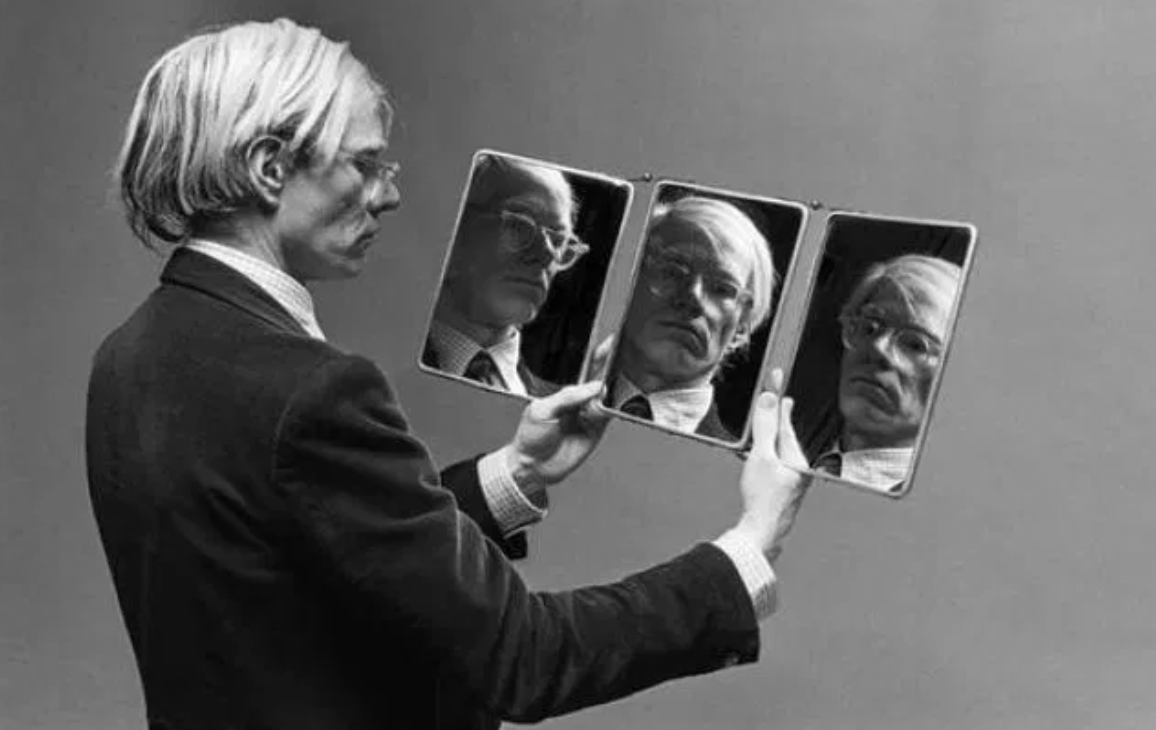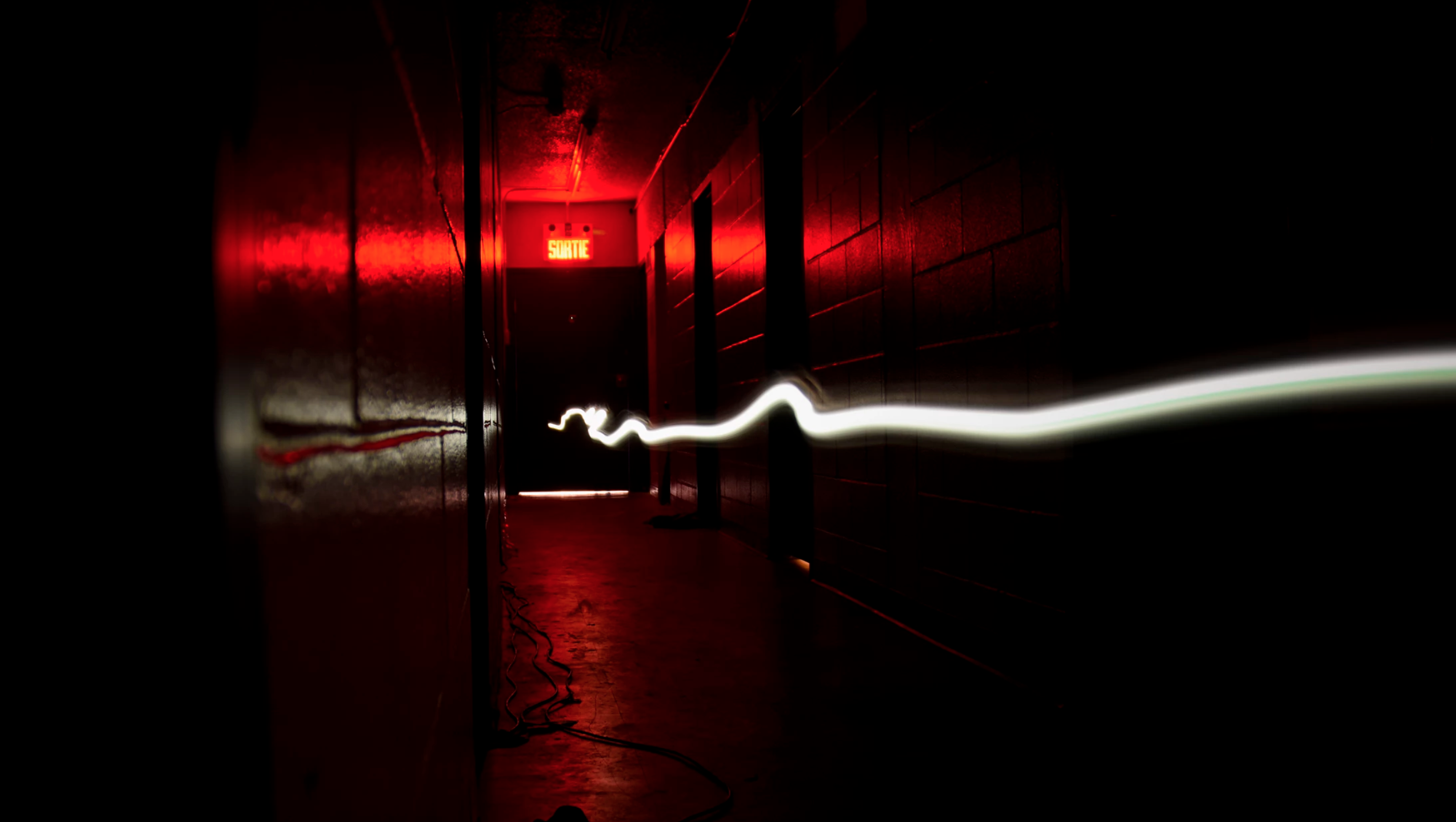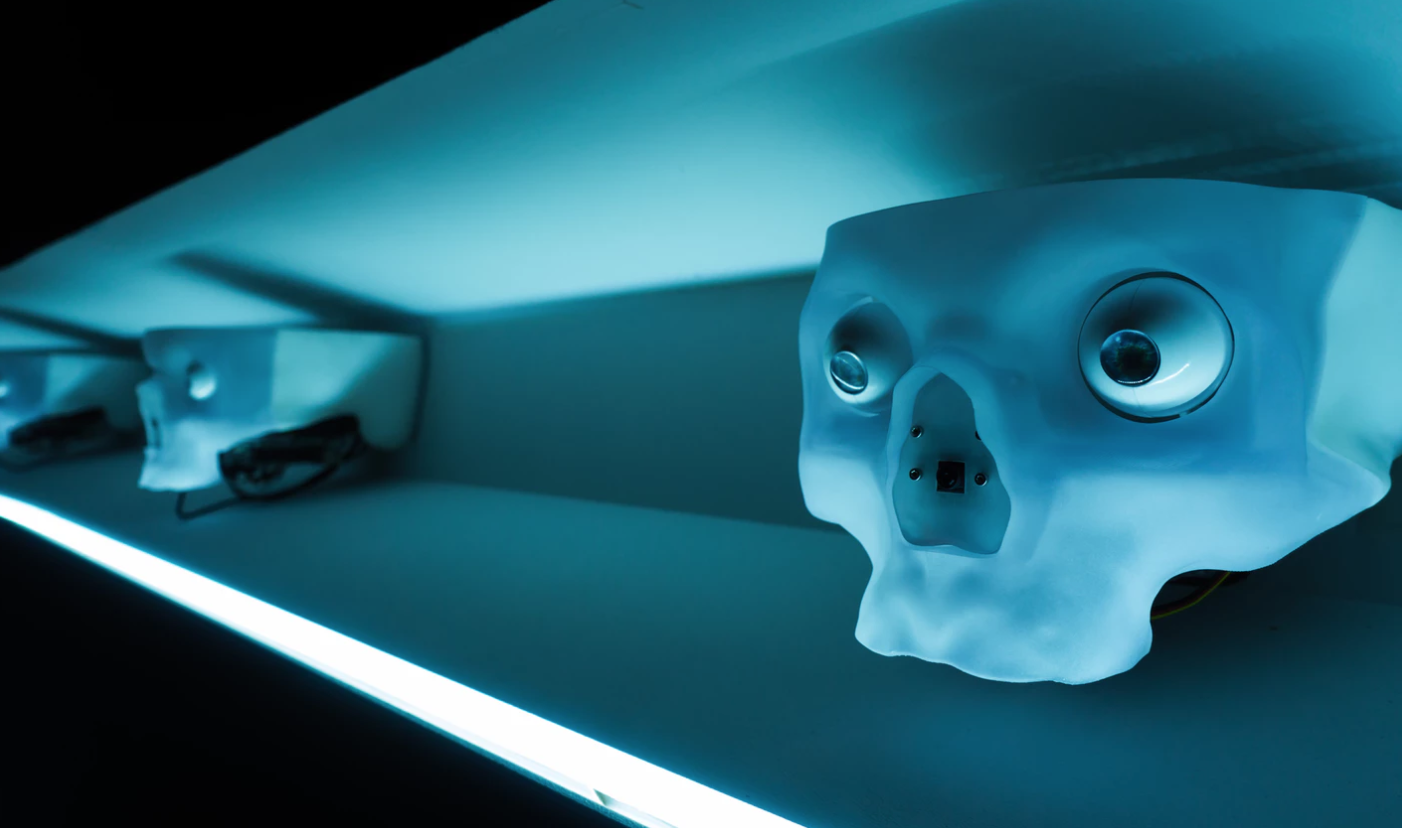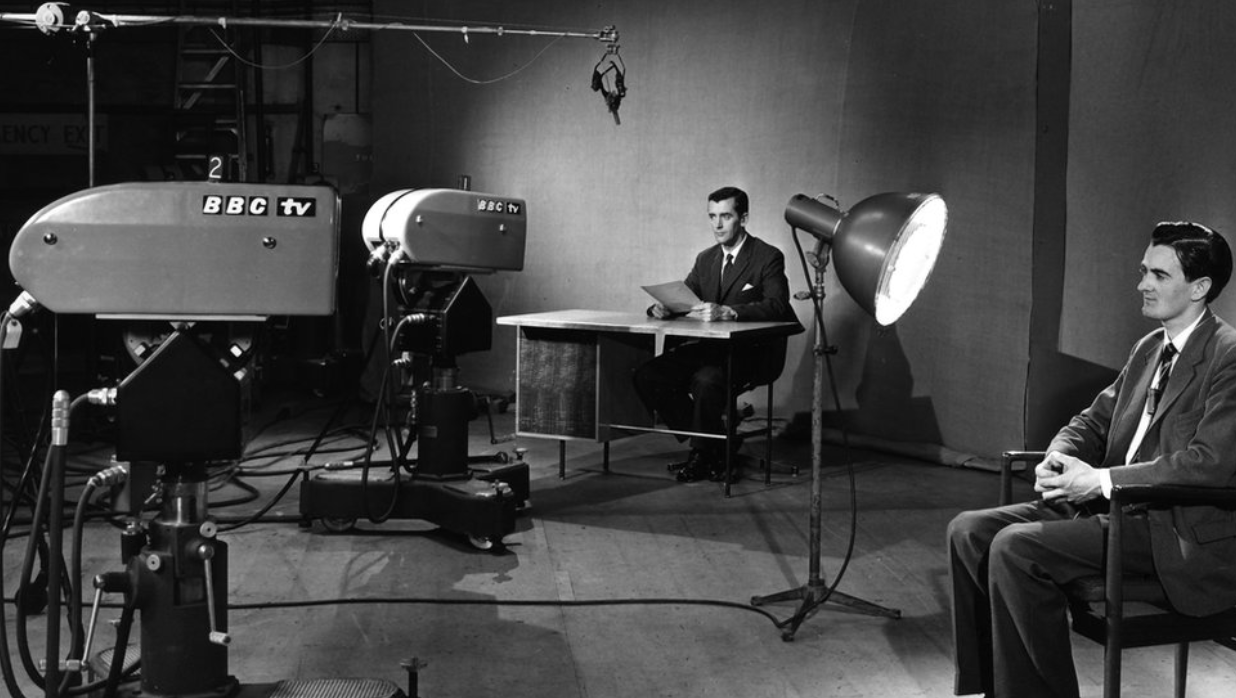
Reviewing visuals from the first ever television programme is interesting. You’ll notice that they were basically radio shows, which happened to be filmed. A couple of people. In a room. With a camera. A few years earlier, they would have been in the exact same setting, doing audio recordings. Early TV was essentially still an audio programme with pictures. It took them (the television producers) many years to realise that things didn’t have to be the same shape.
Even when they started to create on-screen interactions, such as the Late Night talk show format, it was essentially live theatre for the TV – props and segments being interacted with on a small stage. It seems that we so often have an incremental mindset of how new technology can substitute whatever came before it. It’s not isolated to TV either. Our cars are still horse carriages with a motor. Our houses are caves with electricity. Laptops are typewriters with screens where the paper used to be.
It seems that only once we realise the new technology can be a different shape that really innovative things can happen. The smart phone changed so much because it removed buttons and built in a screen on a very flat device. Videos, app stores, mapping…. sure, the technological had to catch up, but the new shape had a massive impact.
Right now there’s lots of opportunities to change the shape of things:
- How could supermarkets look now that we have self-checkout, and will soon have no checkout? How should the selves and aisles be arranged?
- What will department stores look like when we try on clothing virtually and fit out our homes with furniture we buy from home using augmented reality?
- How should car parks look given that many won’t even have drivers? Will they need pick up & drop off bays for goods and people, as well as charging stations in every bay?
- Will commercial car parks be empty during the day and full during the night? How can we utilise that space? What about car-stopping spaces in cities?
- Do cars need to have front facing seats or can they look more like rolling lounge rooms or rolling offices now we can take our eyes off the road?
- Will houses need drone delivery pads for ecommerce and drone landing pads for our personal flying machines?
- What will kitchens look like when automated vertical gardens in offices and houses are common?
This is a micro-sample of some of the changes we know are coming. They’ll be more we can’t even imagine yet. It just might be that the biggest opportunity of the future isn’t inventing the technology itself, but reshaping our physical spaces to accommodate it.
